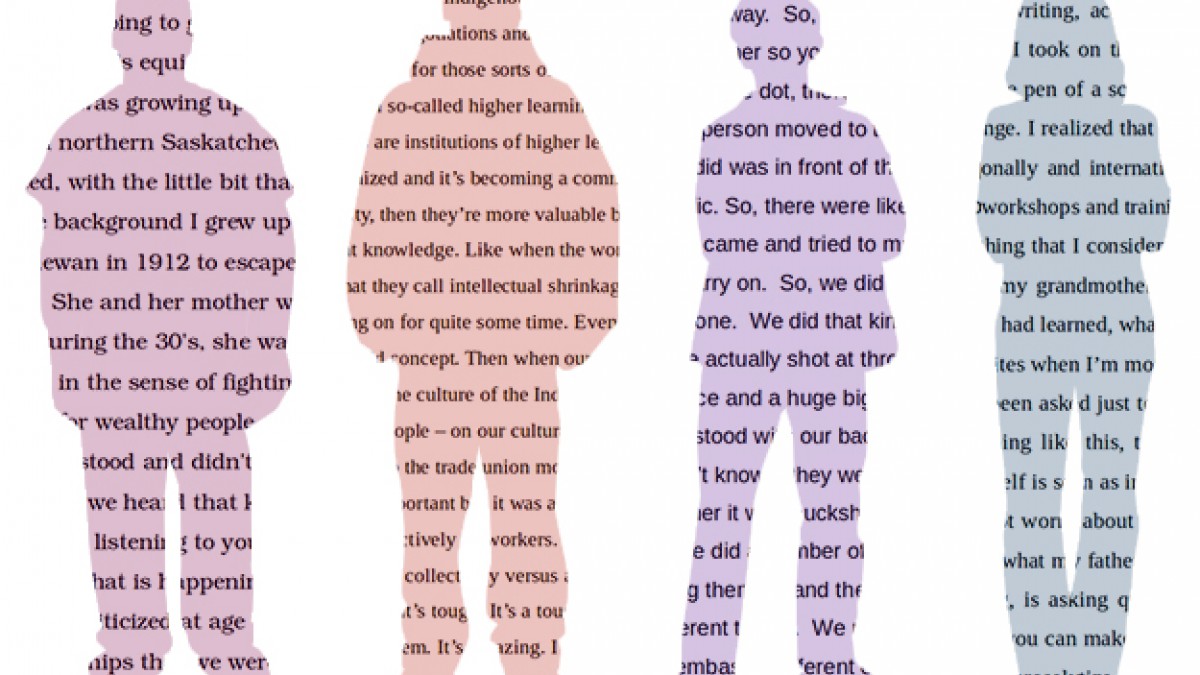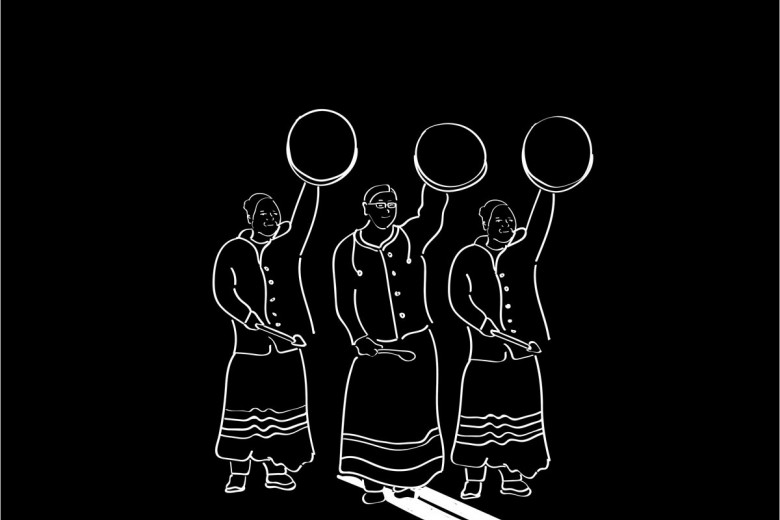When I walk around my neighbourhood, I see stories etched in people’s faces. Yet only a fraction of those stories get amplified, get heard, become part of the dominant collective narratives that define the world that all of us share.
Of course, I can’t actually read the details of strangers’ stories from the lines on their faces or from their conduct. But I have a fascination – probably a politically dubious one – with fictional characters who can do something like that. Most of those characters are elite men, many of whom are quite awful, like Sherlock Holmes, Gregory House, Charles Xavier, Nero Wolfe, or Hannibal Lecter, though in more recent years more women (think Hild or Olivia Pope) have been written with such abilities too. While I’m relatively good at putting together a sense of other people’s selves beyond what they deliberately share, I also have an intense aversion to the thought that others are doing the same to me, so I’m quite thankful that in the real world, the details of such stories can never simply be seen; ultimately, they must be told.
Even without fictional powers to see inside people, though, if you spend enough time paying attention to people’s first-person accounts of their own lives, and enough time with fine-grained, grounded analysis of how the social world is put together, you begin to get a sense of how the distribution of stories is far from random. The range of stories carried by particular faces and bodies reveal patterns of benefit and harm. It is the stories of harm, and of this unjust distribution, that are so seldom amplified and heard – stories of loss and pain, yes, but also of ordinary living, of surviving, of joy, of accomplishment, even of thriving, that are simultaneously tales of navigating systemic, preventable, socially organized harm and violence.
The act of telling such stories can be a difficult thing, even when the hearing ears are friendly, and even when the space to do so is safe. Despite being both a writer and someone who experiences much more benefit than harm, I find it tremendously difficult to pull my own experience into narrative, particularly in real-time conversation, and particularly experiences that are more painful, that have been shamed in the past, or that are somehow perceived as abnormal. I feel this not only when I consider what to share with others (even safe and beloved others), but at the more fundamental stage of translating raw sensory input and half-formed fragments of meaning into narrative. There are many ways in which people have to exclude bits and pieces of themselves from the stories that they tell, especially when those facets are seldom affirmed in the dominant stories that surround us, and especially when it comes to harms we are repeatedly told do not exist. The physical and emotional grind of shitty part-time jobs might seem so inevitable, for instance, that there’s scarcely any space to name the harm and frame it as preventable rather than just as life. Or holding oneself together after sexual assault may well hinge on not naming it as such, at least for a while.
Of course, even in the face of such difficulty, people do turn experience into narrative all the time, even the hard stuff, and they do tell their stories. But story-space is hotly contested, regulated, and disciplined with condemnation or mockery or dismissal or challenge or subtle correction or contemptuous silence. In the last few years, we have witnessed all manner of harshness in response to the stories of Black Lives Matter and high-profile instances of sexual assault. The regulatory and disciplinary responses that follow stories of harm and violence on the largest public stages mirror and reproduce responses to millions of smaller-scale stories that are told in living rooms, on social media, and in classrooms. Our stories are subject to the expectations and pressures of others – that is, to social power.
People persist, though, and find ways to tell their stories, and they often to do so with swagger and panache and not a hint of regret. These tellings can even sometimes find their way to a broader public: Sometimes a first-person account of the impacts of sexual assault will get read on CNN. Sometimes, the Toronto Star will publish multiple stories over months about the awful realities of precarious work. Zines get made. Books get published. Films get produced. These tellings can have myriad impacts on the world. They can be individually therapeutic. They can lend support to others. They can push public debate in particular directions. They can be one element of collectively confronting the systems that cause violence, and part of organizing movements for change.
In the grand scheme of things, though, the dominant collective stories that set the context in which our individual and community stories are told remain stubbornly resistant to change. Each time, it seems, we must prove that these stories of ongoing social harm are real, prove that they are not individualized aberrations but broad social realities. Stories of these harms are often swept into dishonest narratives that frame them as belonging to another place, as when racism and anti-Blackness are dismissed by so many white Canadians as a “U.S. thing,” or when violence against women is treated as an aberration here but standard in countries with inhabitants who are mostly racialized. Or they are treated as belonging to another time, as when distorted histories of past social movement victories like civil and gay rights movements are deployed to deny ongoing realities of violence and harm. Stories that begin from the reality of these unresolved, ongoing social harms, and from an affirmation of struggles for dignity in the face of them, are often dismissed in mainstream contexts as a matter of course because they do not fit comfortably with dominant narratives.
There are many ways we can act in response to all of this. Storytelling alone can never be enough: collective action is necessary. Still, stories are an integral part of such action, and it’s useful to tell stories that push back against the erasure of these harms. Moreover, in telling our own stories, we must not erase or ignore the stories of harms that we don’t directly experience. We must also actively listen to (and, when appropriate, circulate) these stories when others tell them. Those of us who do work in this area must invest ourselves in creating and supporting spaces for such stories and their tellers. To do so is to act against systemic silence, exclusion, and the harsh regulatory punishment. And finally, we must always refuse to comply with the automatic return to that presumed innocent baseline of our society’s dominant stories. Everything we do must come from a place that sees and affirms the stories that we live and the stories that surround us.







